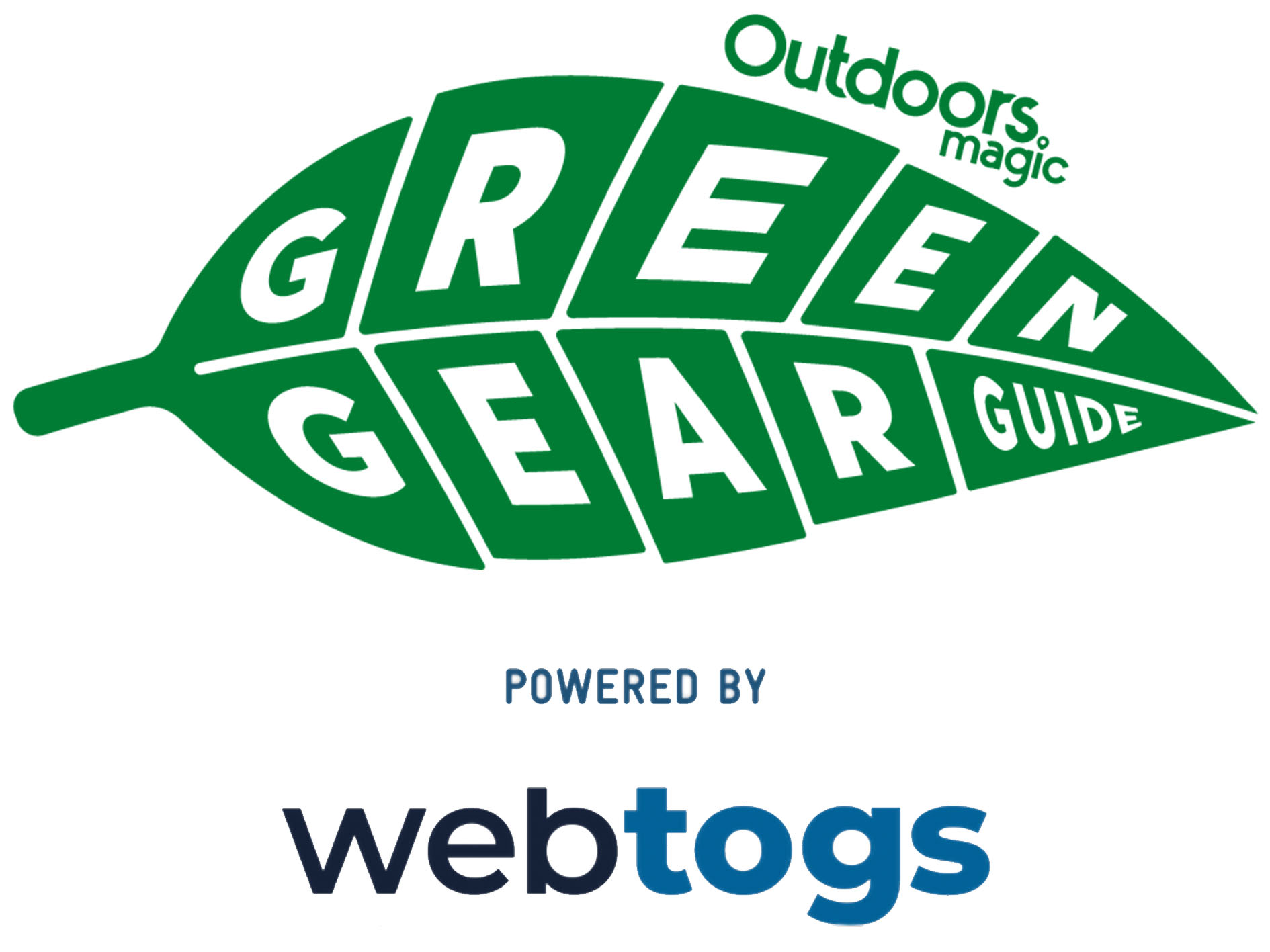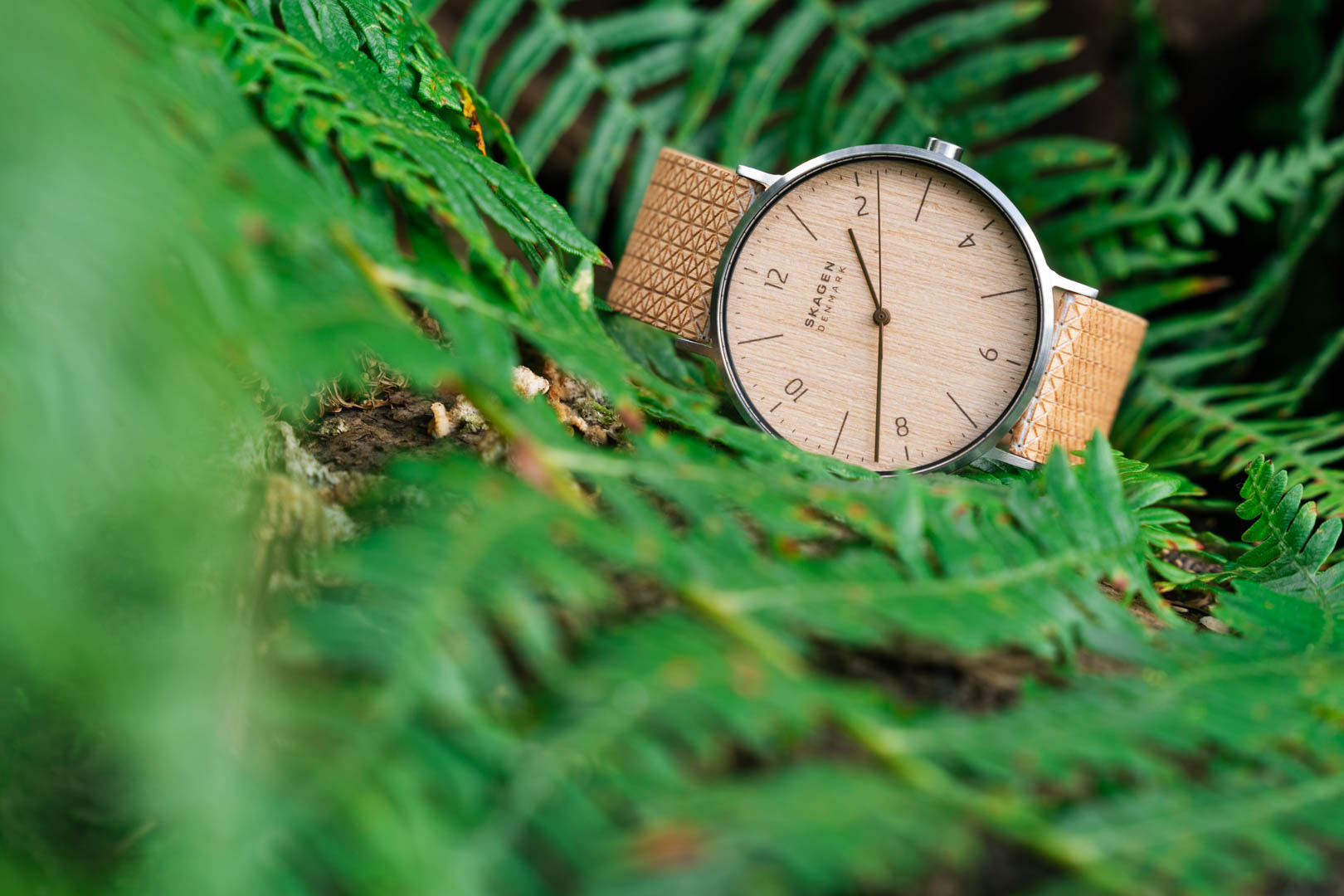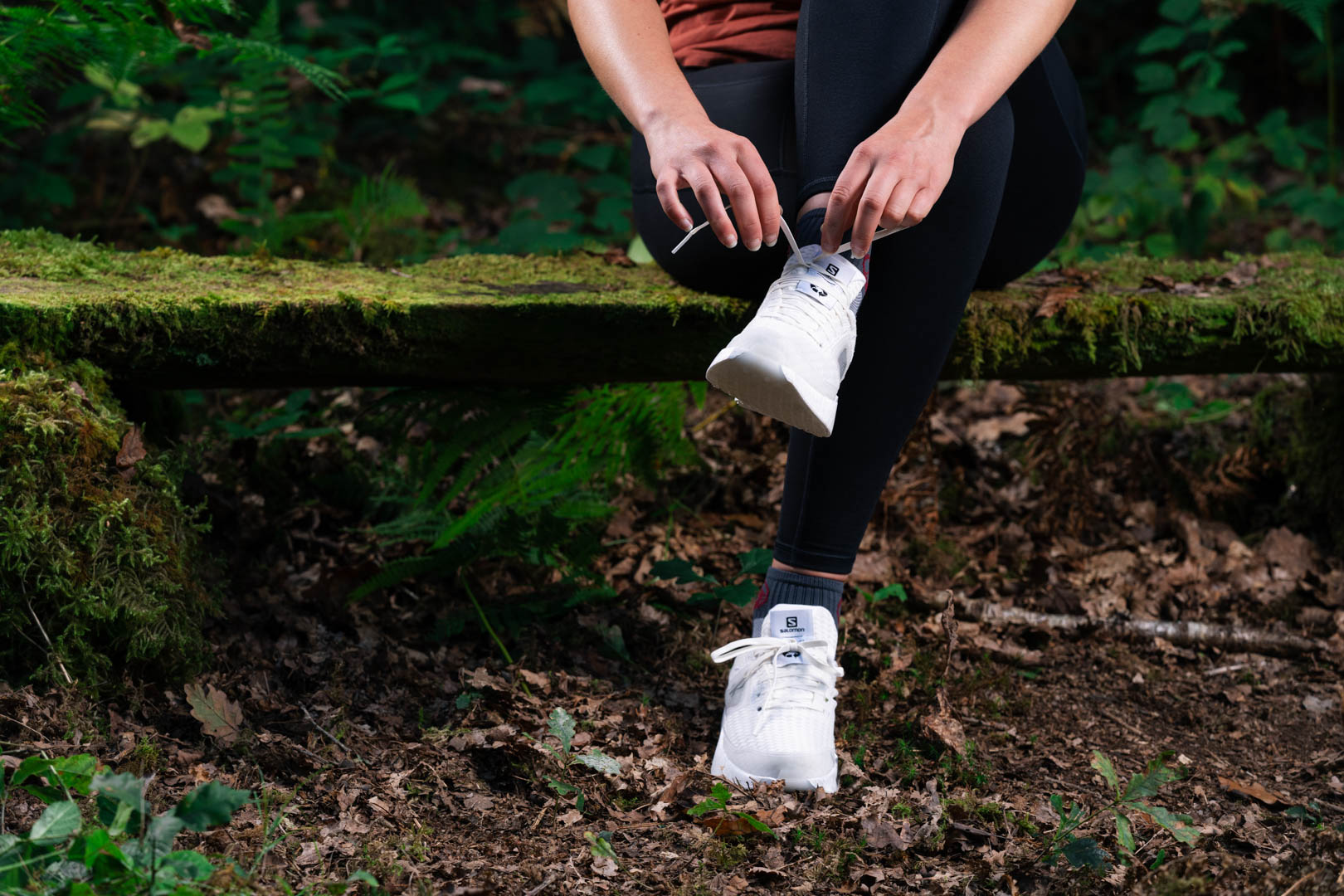Climbers also like them for similar reasons. Put it this way – if you’re facing an impromptu bivvy on a narrow rock ledge, the last thing you want is a delicate air mat. Far better to have a tough foam mat that you can fold over or stuff into the most awkwardly shaped sleeping space, if only to grab an hour or two of much-needed rest.
“Proof that the sustainable BioFoam technology is not only better for the environment but economically viable too.”
This would be a great mat for either use, as well as for more casual camping trips. It’s also a good secondary or back-up mat that could be used in conjunction with a plusher air mat to provide a comfortable and versatile yet reasonably puncture-proof sleep system for a range of conditions. Plus you’d then get a handy trail seat to keep your bum comfy and dry during wet-weather lunch stops.
Eco Credentials
The major innovation here is the fact that most of the mat (over 60%) is made from sugarcane-based EVA foam, so it comes from a renewable natural resource rather than being derived from a petrochemical fossil fuel. And while we’ve seen biofoam used in products like backpack padding before, this is the first time we’ve seen it used in a sleeping mat. It’s an original and innovative approach from the US brand.

The sugarcane is sourced from a supplier that grows and harvests the cane in a net carbon-negative process. That’s because sugarcane itself is a renewable raw material that, like all trees and plants, contributes to reducing greenhouse gas emissions by CO2 capture. The sugarcane is also harvested following Proforest standards and audited by a third party.
Construction and Performance
Admittedly, this isn’t the thickest or the warmest sleeping pad around, nor the most packable. Unrolled, it has a depth of about half an inch, or 13mm, with an R-value of 1.7. The roll mat design means it is reasonably compact and still straps to the outside of a pack, but isn’t quite as space efficient as a concertina or Z-folding closed-cell foam mat. We’d love to see Big Agnes come out with a BioFoam mat of that design, with thicker dimensions and a higher R-value.
Still, in its current form, the TwisterCane would work well for warmer-weather adventures, especially if you’re a hardy wild camper or seasoned trail hiker accustomed to relatively spartan levels of comfort. And as the brand suggests, it could also be combined with an insulated air mat for additional warmth and comfort, creating a robust four-season system for year-round use, even on frozen ground or snow. It would also give added peace of mind against puncturing your expensive ThermaRest…
Verdict
Lightweight and long-lasting, this is a mat that you can take pretty much anywhere without worrying about the risk of a puncture (and a very uncomfortable night on the ground). Unlike a lot of showpiece eco-friendly products, it’s also well-priced, proving that the sustainable BioFoam technology is not only better for the environment but economically viable too.

“Sugarcane is a bio-plastic, that is a fibre from a natural source that acts the same as a polyamide (of which the generic name for which is nylon). 60% component is good when compared to the original Karrimat, but expect this field to be developed even more in the years to come.”











